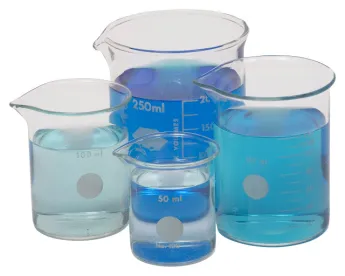Diagnostic medicine is experiencing new challenges at the USPTO and the US Food and Drug Administration (FDA). Under a new FDA proposal, laboratory developed test providers, previously exempt from FDA oversight, must now consider if their diagnostic test may be subject to FDA oversight, either as a moderate risk (Class II) or high-risk (Class III) device. If so, the test provider may then need to seek FDA approval or clearance through a premarket approval application (PMA) or a 510(k) premarket notification submission. During the 510(k) process, a company asserts that its new test or device is substantially equivalent to an existing predicate device for the purpose of establishing safety and effectiveness. However, undiscerning statements of “substantial equivalence” that are not narrowly tailored to the safety and efficacy of the new device may seem inconsistent with the company’s prior statements before the USPTO regarding the patentability of the device. These apparent discrepancies can be exploited during patent litigation to undermine the enforceability or validity of the patent asserted. Thus, a test develop may inadvertently jeopardize patent assets in an attempt to secure expedient regulatory clearance for a new device. This dilemma is partly attributable to the often large lag between the patent procurement and market clearance of the device or test.
FDA Oversight of Diagnostic Medicine – A Trap for the Unwary
Wednesday, September 23, 2015
Current Public Notices
Published: 4 September, 2025
Published: 3 September, 2025
Published: 28 August, 2025
Published: 25 August, 2025
Published: 25 August, 2025
Published: 25 August, 2025
Published: 25 August, 2025
Published: 22 August, 2025
Published: 20 August, 2025
Published: 20 August, 2025
Published: 18 August, 2025
Published: 18 August, 2025
Published: 11 August, 2025
Published: 8 August, 2025
Published: 26 June, 2025




 />i
/>i

